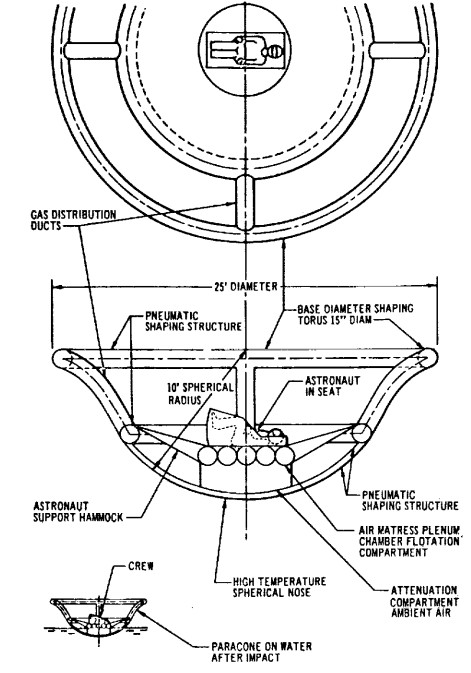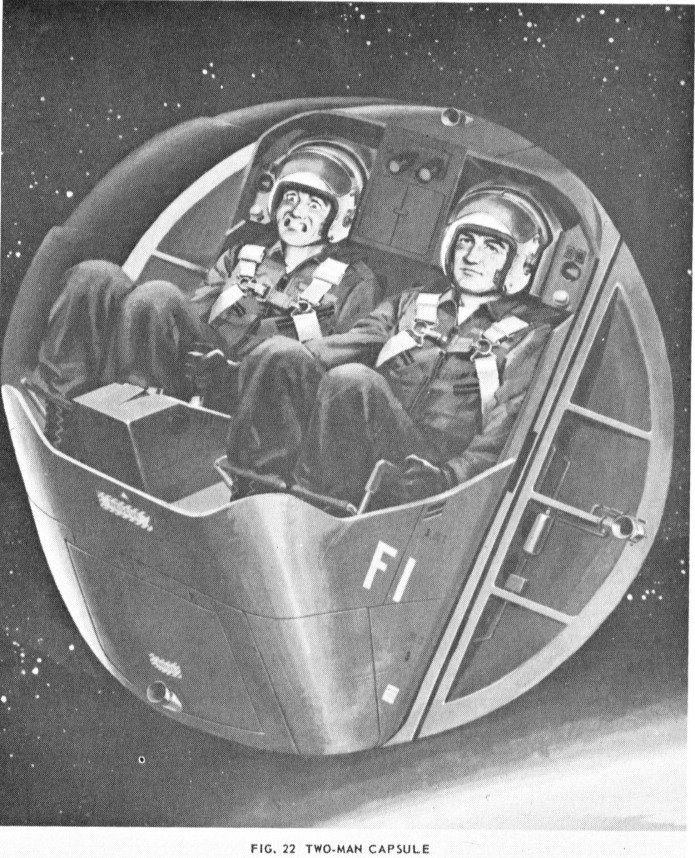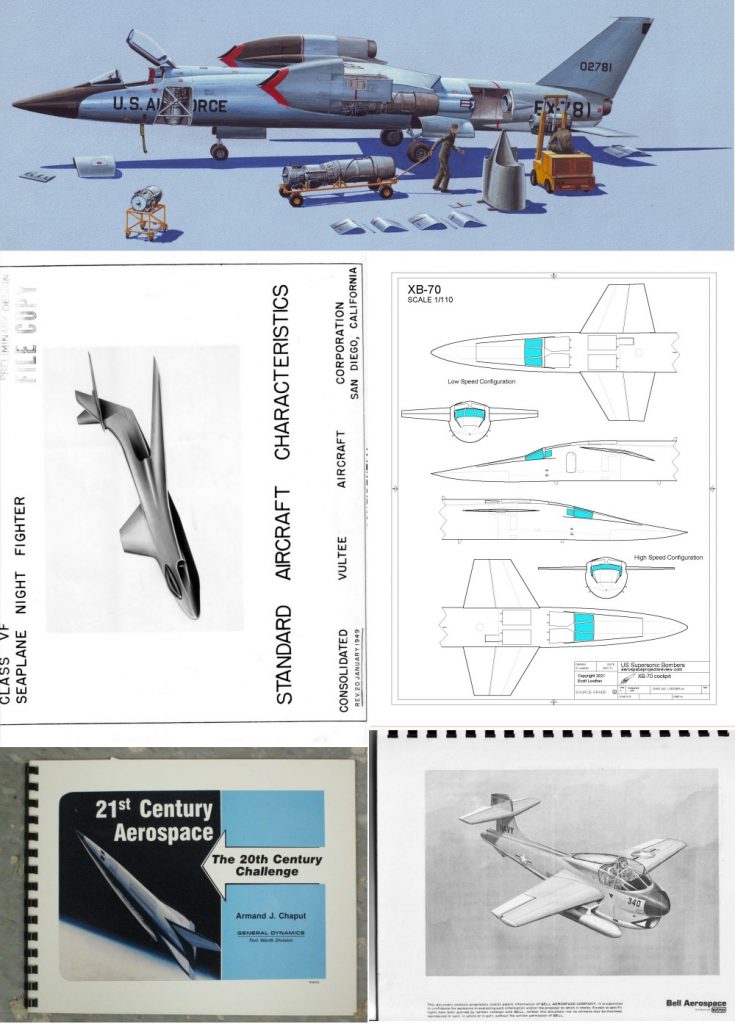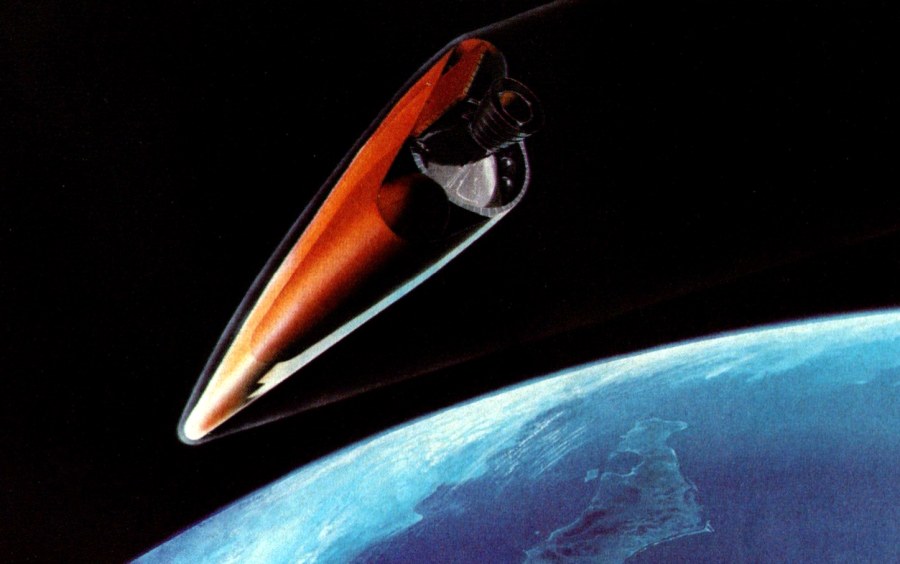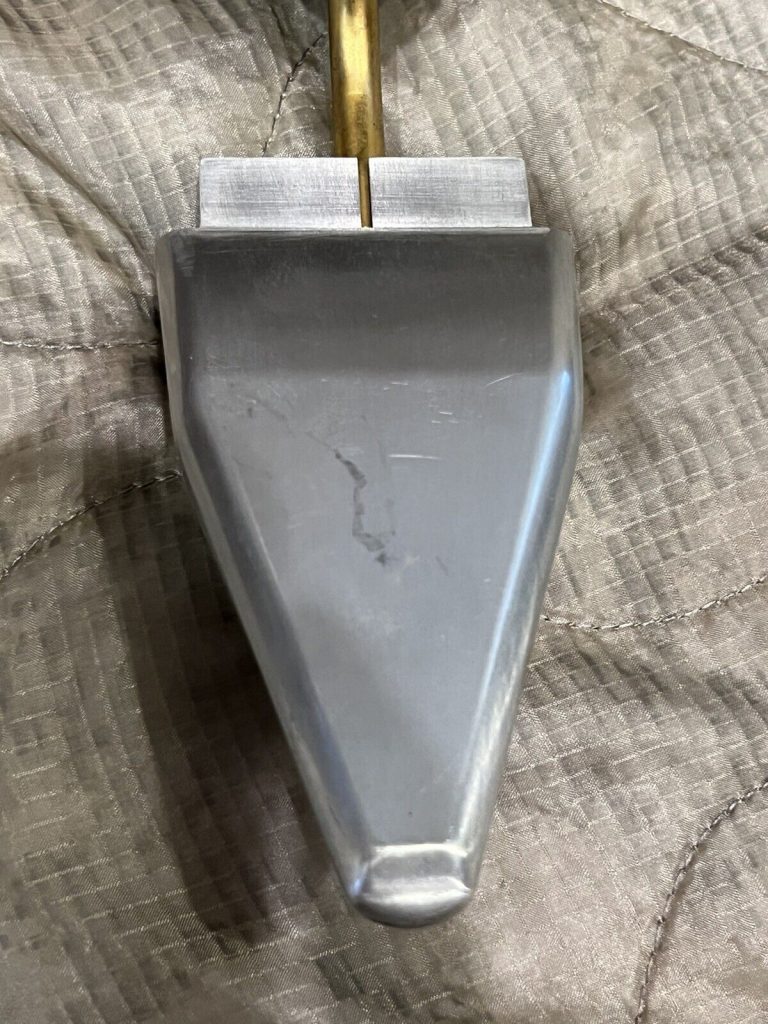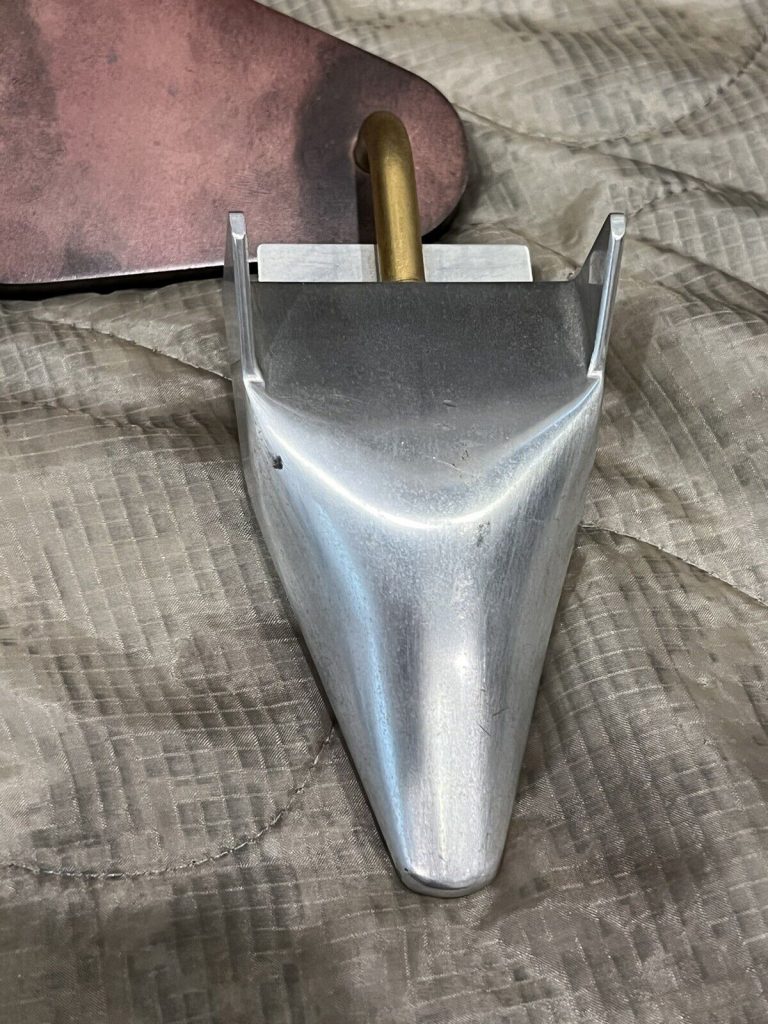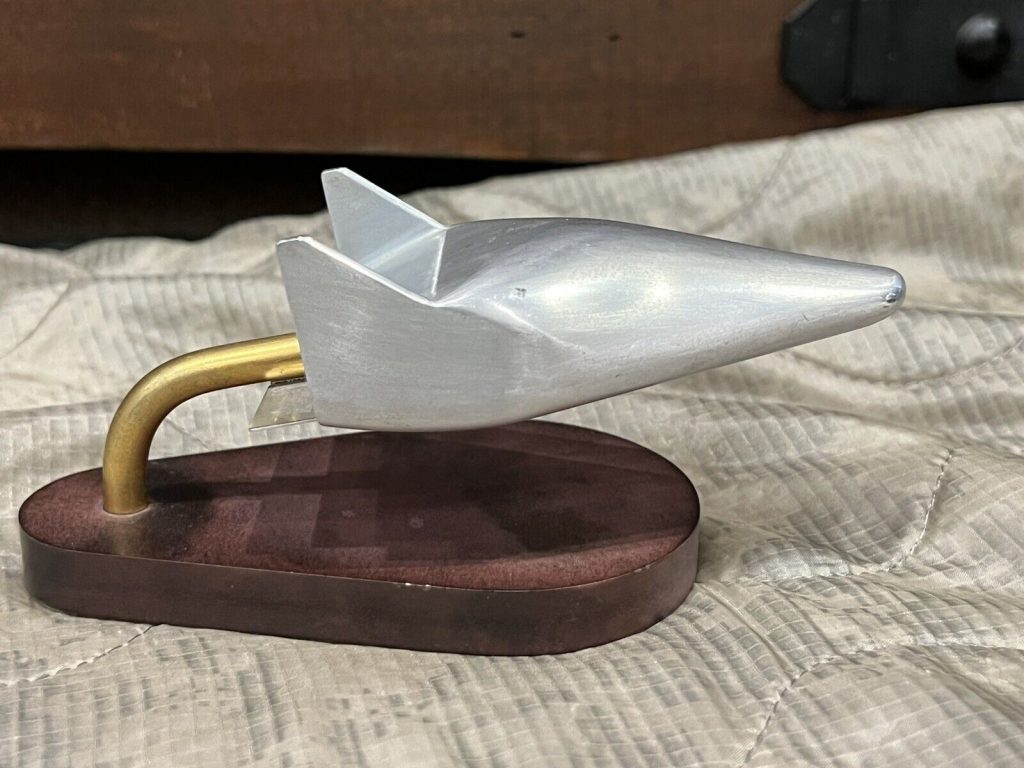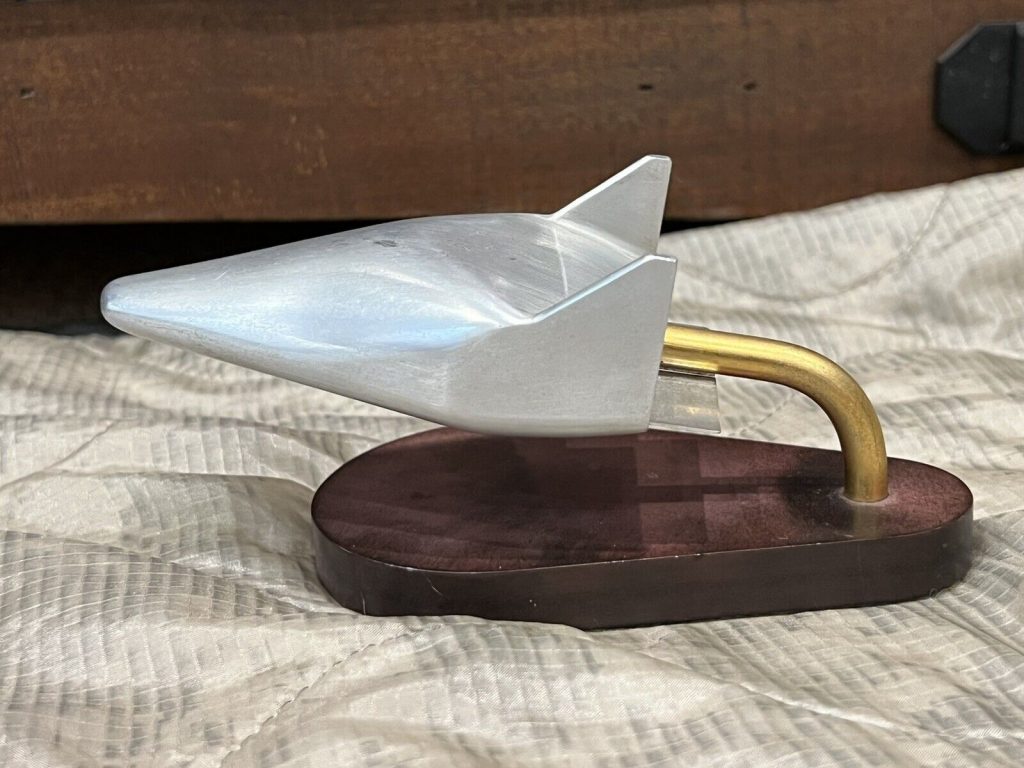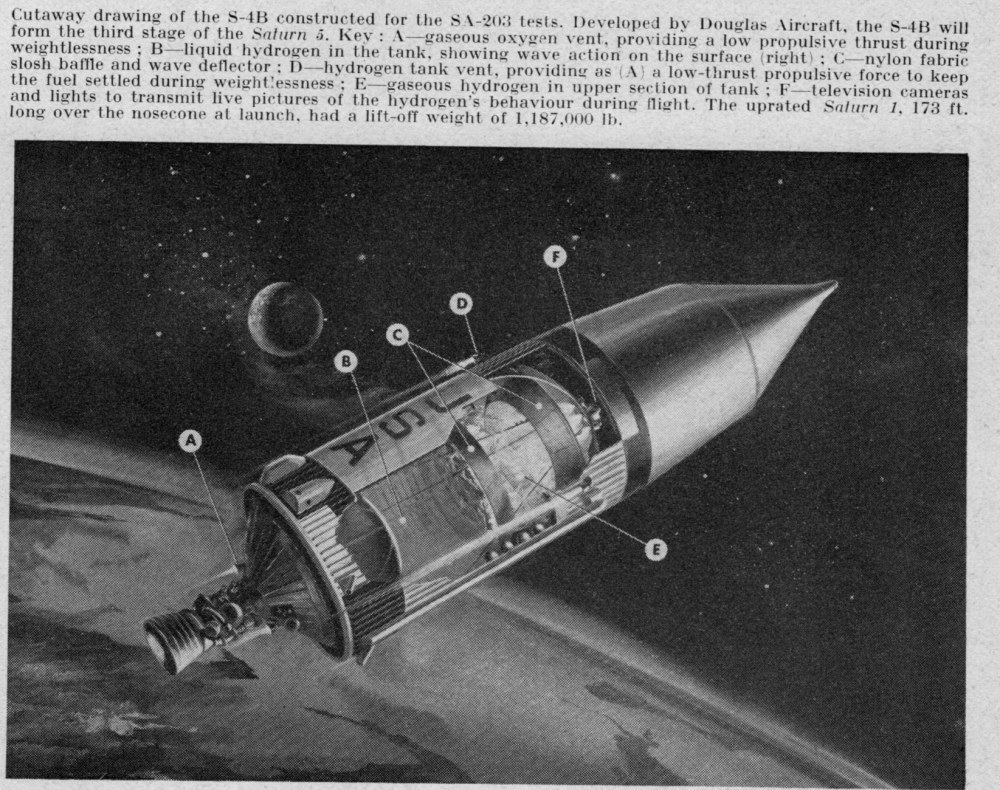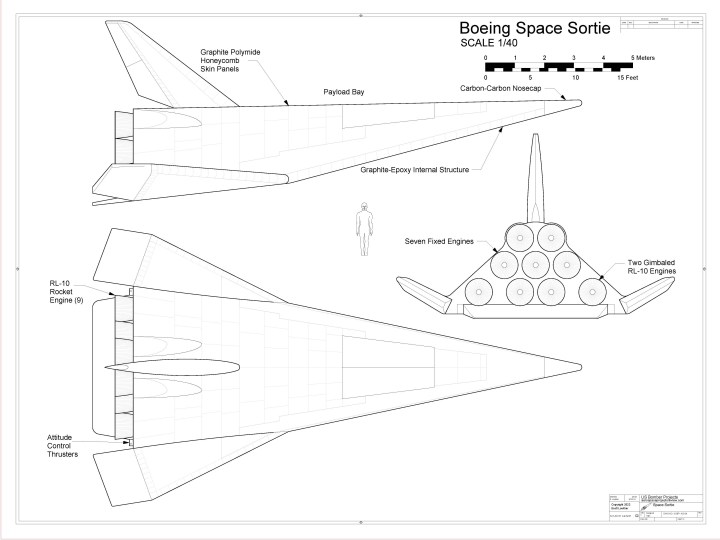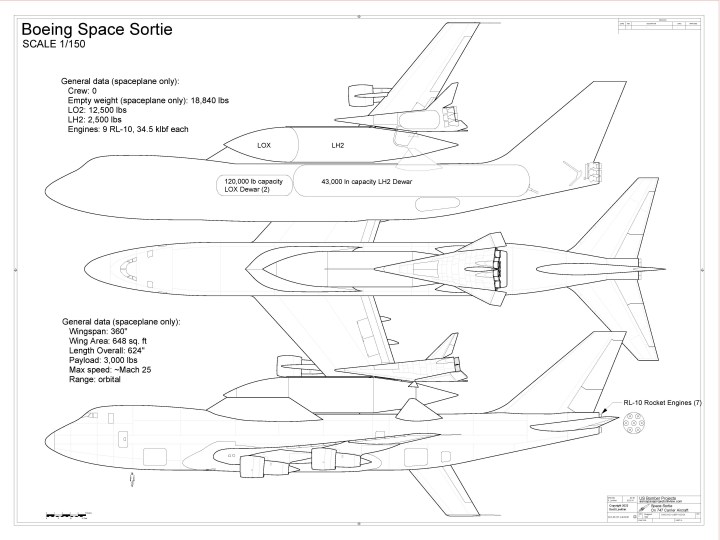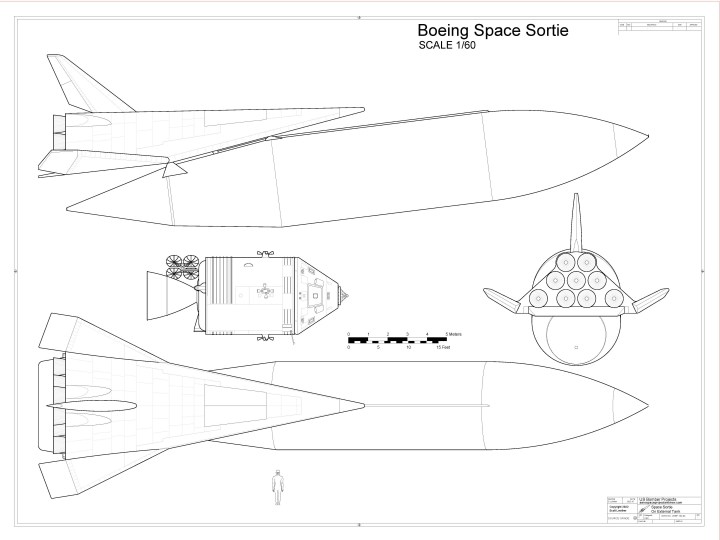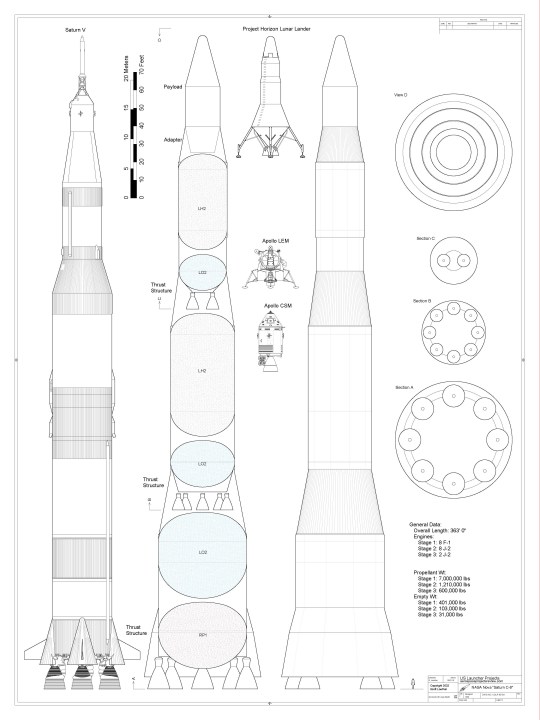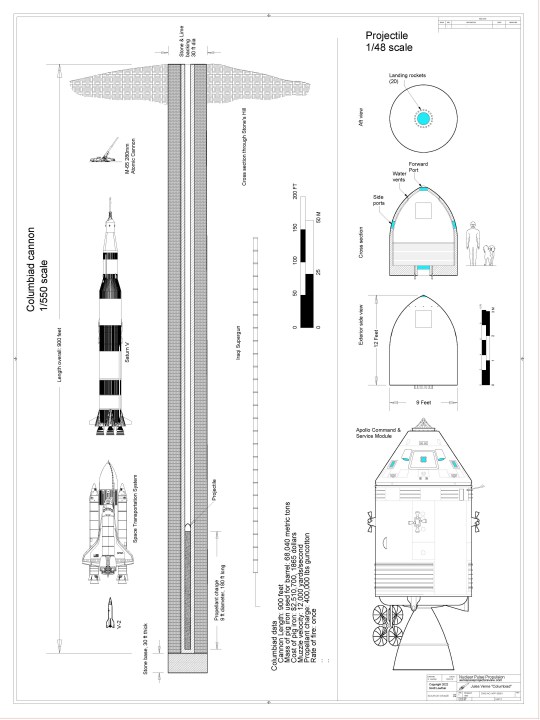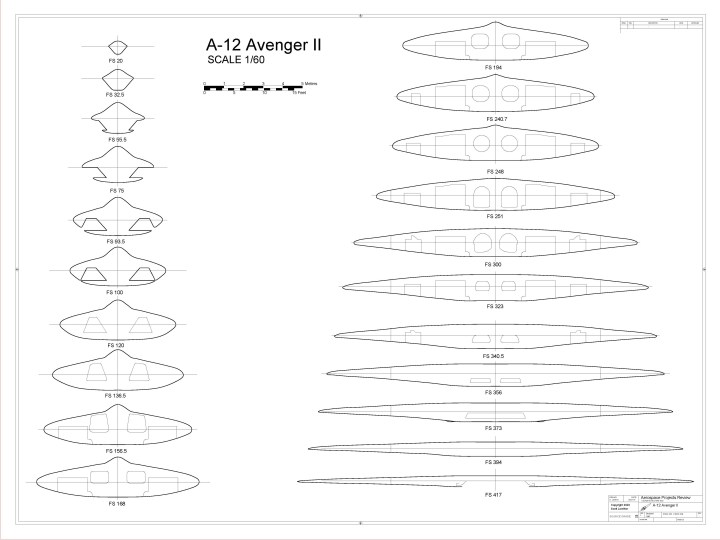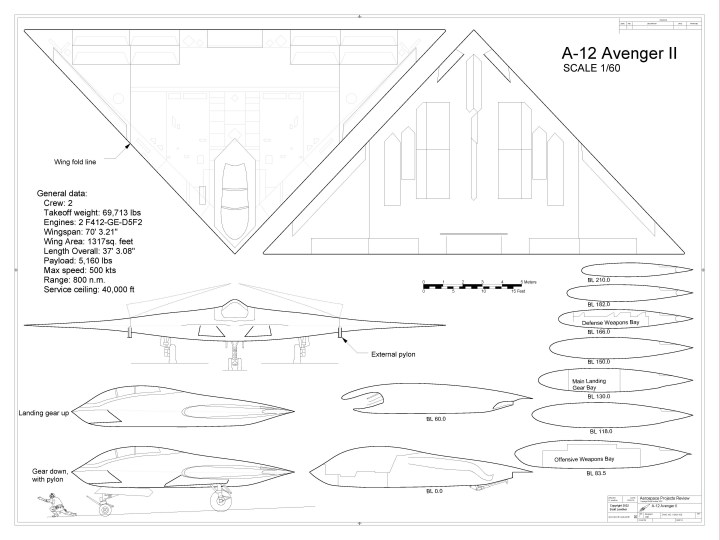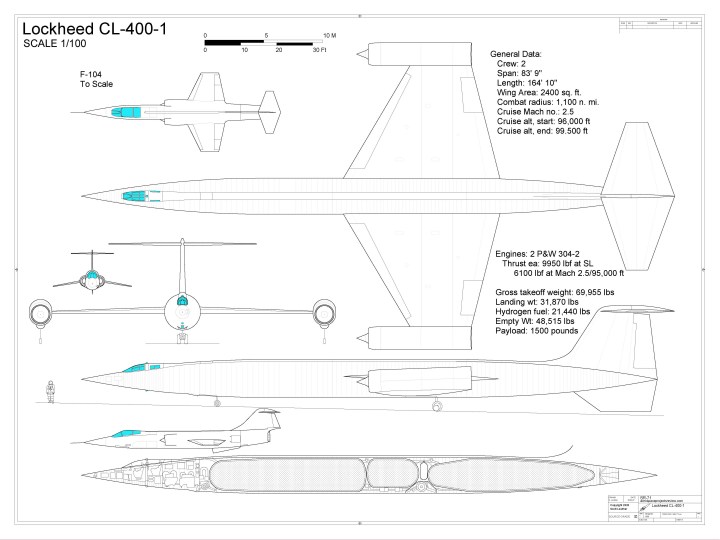A United Launch Alliance Atlas 5 is scheduled to lift off from Vandenberg Space Force Base in California at 4:25 a.m. Eastern Nov. 10. The primary payload of the rocket is the Joint Polar Satellite System (JPSS) 2 weather satellite …
A secondary payload on the launch of JPSS-2 is Low-Earth Orbit Flight Test of an Inflatable Decelerator (LOFTID), a NASA technology demonstration. While JPSS-2 will be deployed nearly a half-hour after liftoff, LOFTID will remain attached to the Centaur until 75 minutes after liftoff, following a deorbit burn of the Centaur.
Shortly before deployment, LOFTID will inflate a reentry shield six meters in diameter. That heat shield will slow down the vehicle from orbital velocity to Mach 0.7 as instruments on board collect data on the performance of the shield. LOFTID will then deploy parachutes to slow it down for the rest of its descent, splashing down in the Pacific east of Hawaii to be recovered by a ship.
Inflatable heat shields have been studied since before humans flew into space. Normal heat shields need to withstand insanely high temperatures, requiring materials that are either insanely expensive and complex, or that involve complex, fragile and heavy active cooling systems (such as water cooling through transpiration), or which are ablative. The latter variety is technologically fairly simple, but ablatives tend to be heavy and they are labor intensive to apply and make reusability difficult.
With temperatures reaching several thousand degrees, inflatable materials would seem inappropriate for heat shields. But those high temperatures are not a mandatory feature of re-entry. To a first hand-wave approximation, the maximum temperature is proportional to the mass-per-surface-area of the re-entry vehicle. A one-ton vehicle is going to have to shed all of its orbital velocity, converting all that kinetic energy into thermal, regardless of the size or shape or cross-sectional area. The way that is done is by compressing the air the vehicle slams into; the heating isn’t due to friction, but to the compression of the gas. If you can spread that heating energy out wider… the gas doesn’t heat up as much per unit surface area. Heating can be reduced from the sort of thing that will melt tungsten to the sort of thing that can be survived by advanced polymer fibers. As a bonus, the inflatable shield, being far larger than the solid shield on the vehicle, provides drag all the way down. In principle it would be possible to dispense with parachutes, wings, retro-rockets, and simply drift down using the shield as an inverted parachute. This was the case for the Douglas “PARACONE” concept from the mid-1960s, designed for, among other uses, as an emergency “life boat” for astronauts in space. It would provide for a safe entry, deceleration and touchdown on either land or water.
